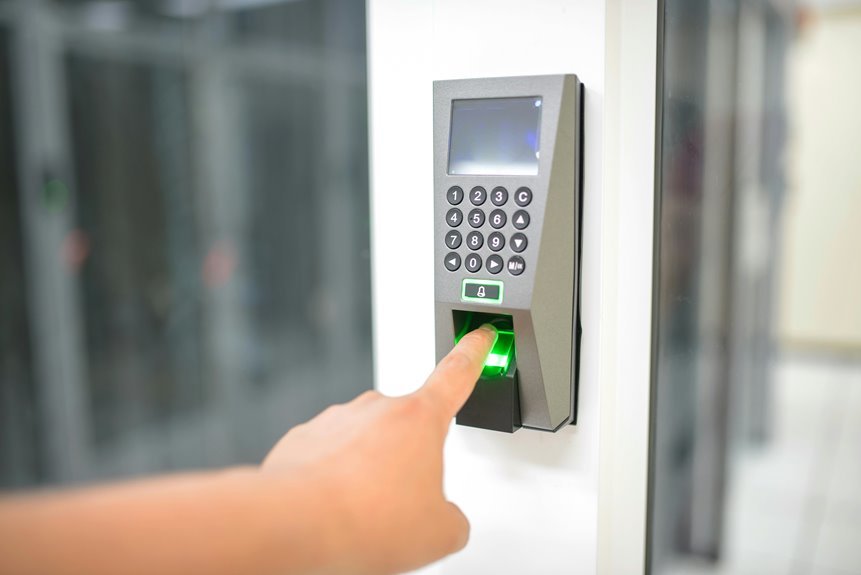1246808035 – Device Authentication Key

The Device Authentication Key 1246808035 serves as a critical component in securing network communications. It uniquely identifies devices, enforcing security protocols that authenticate identities and prevent unauthorized access. As cyber threats evolve, the significance of robust device authentication becomes increasingly apparent. Understanding its functionality and implications could reveal vital insights into effective security management. What specific strategies can be employed to optimize the use of such authentication keys in a complex digital landscape?
Understanding Device Authentication Keys
Device authentication keys serve as critical components in securing communication between devices within a network.
These keys undergo meticulous key generation processes to ensure uniqueness and reliability.
Secure storage of these keys is paramount, as unauthorized access can compromise device integrity and user autonomy.
Understanding the mechanisms behind device authentication keys promotes a more liberated digital environment, where secure communication fosters trust and freedom of interaction.
The Functionality of the Device Authentication Key 1246808035
The functionality of the device authentication key 1246808035 is pivotal in establishing secure connections between devices within a networked environment.
Its key generation process ensures unique identifiers, facilitating the enforcement of robust security protocols.
By verifying device identities, this authentication key mitigates unauthorized access, thus preserving data integrity and user autonomy.
Ultimately, it fosters a trustworthy digital ecosystem essential for free communication and interaction.
The Importance of Device Authentication in Cybersecurity
While the digital landscape continues to evolve, the importance of device authentication in cybersecurity remains paramount.
Effective access control mechanisms rely on robust security protocols that validate devices before granting them network access. This process not only mitigates unauthorized entry but also enhances overall system integrity.
In an era of increasing cyber threats, safeguarding device authentication is essential for maintaining user freedom and data security.
Best Practices for Managing Device Authentication Keys
Managing device authentication keys effectively is critical for maintaining secure access controls within any networked environment.
Implementing regular key rotation minimizes the risk of unauthorized access, while secure storage solutions protect these keys from theft or compromise.
Organizations should adopt automated systems for key lifecycle management to ensure compliance and efficiency, ultimately fostering a resilient infrastructure that upholds user autonomy and security.
Conclusion
In conclusion, the Device Authentication Key 1246808035 is not merely a sequence of digits, but rather a critical element in the architecture of cybersecurity. As the digital landscape becomes increasingly vulnerable to malicious threats, the integrity and effective management of such keys are paramount. Failure to uphold these standards could result in catastrophic breaches, undermining user trust and compromising sensitive information. Thus, the security of our interconnected world hinges on the vigilance exercised in safeguarding these authentication mechanisms.




